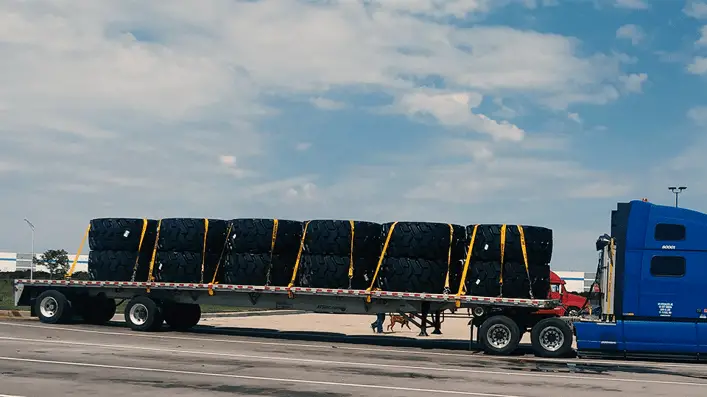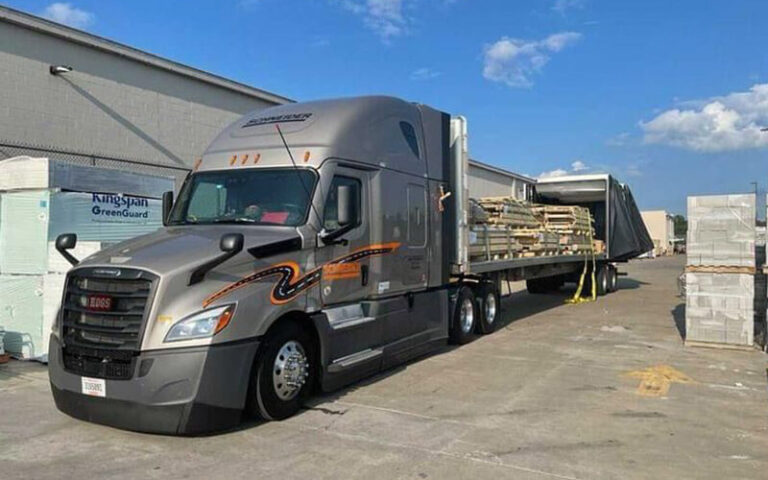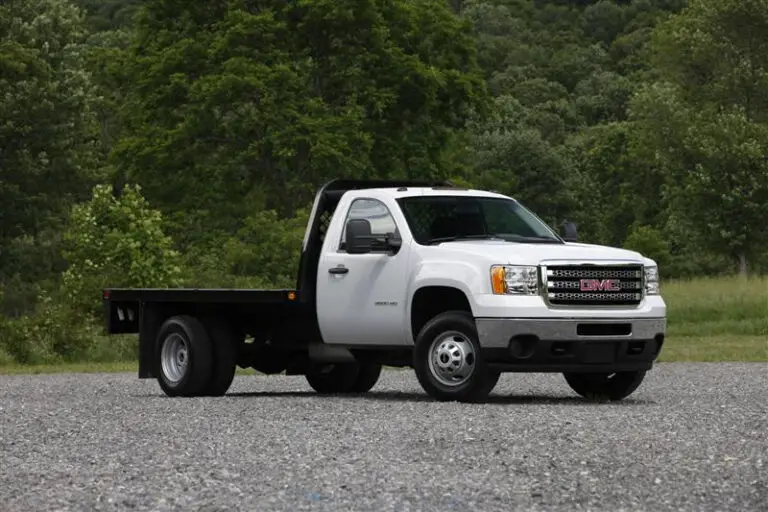
A flatbed truck can typically carry up to 48,000 pounds of weight. This weight capacity varies based on the specific truck model and any legal weight restrictions in place.
Flatbed trucks are versatile vehicles used for transporting heavy and oversized cargo, such as construction materials, machinery, and equipment. These trucks feature an open bed that allows for easy loading and unloading of goods, making them suitable for a wide range of industries, including construction, manufacturing, and logistics.
Companies rely on flatbed trucks to move large and bulky items that may not fit into traditional enclosed trailers, making them an essential part of the transportation industry. Understanding the weight capacity of a flatbed truck is crucial for ensuring the safe and efficient transport of goods while adhering to legal regulations.
Credit: www.quora.com
Navigate As You Want:
Factors Affecting The Weight Capacity Of Flatbed Trucks
Truck Specifications:
Flatbed trucks come in various sizes and have different weight capacities. The weight capacity depends on factors such as the size and strength of the truck’s chassis, the type of axles used, and the suspension system. A truck with a stronger chassis and heavier duty axles will have a higher weight capacity.
Road Regulations and Restrictions:
The weight capacity of flatbed trucks is also influenced by road regulations and restrictions. Each state has its own set of rules regarding weight limits on different types of roads. For example, bridges and overpasses have weight restrictions that must be adhered to. These regulations are in place to ensure the safety of the truck and other vehicles on the road.
Load Distribution:
The way the load is distributed on the flatbed truck also affects its weight capacity. Proper load distribution is crucial to maintain stability and prevent overloading. The weight of the load should be evenly distributed across the bed of the truck, with heavier items placed closer to the center and lighter items towards the edges. This ensures that the weight is evenly distributed and prevents strain on the truck’s axles and suspension system.
Weather Conditions:
Weather conditions can also impact the weight capacity of a flatbed truck. Wet or icy roads can reduce traction and make it more difficult for the truck to carry heavy loads safely. In extreme weather conditions such as heavy rain or snowstorms, it may be necessary to reduce the weight capacity to ensure the safety of the driver and other road users.
Understanding Gross Vehicle Weight Rating (gvwr)
Gross Vehicle Weight Rating (GVWR): GVWR is the maximum weight a vehicle is designed to carry, including the vehicle’s weight. It’s important to understand GVWR to ensure safety on the road. Calculating the Maximum Payload: To find the maximum payload, subtract the truck’s curb weight from the GVWR. This will give you the weight the truck can carry. It’s crucial to not exceed this weight for safety reasons. Understanding and adhering to GVWR is essential for the safe operation of flatbed trucks.
Types Of Flatbed Trailers
Standard Flatbeds: These are the most common type of flatbed trailers. They have a flat surface and are suitable for carrying large and heavy objects. Step Deck Trailers: These trailers have a lower and upper deck, allowing for the transportation of taller goods. Double Drop Trailers: These trailers have a lower deck in the front and rear, providing the ability to transport extra tall cargo. Lowboy Trailers: Lowboy trailers are designed with a low deck height, making them ideal for hauling taller and heavier items, such as construction machinery.

Credit: www.atsinc.com
Legal Limitations And Permits
Flatbed trucks are commonly used for transporting heavy and oversized loads due to their open design. However, it is important to understand the legal limitations and permits associated with carrying weight on these trucks.
Maximum weight limits are determined by state and federal regulations, which vary depending on the type of road being traveled. Certain roads have weight restrictions in place to ensure the safety and longevity of the infrastructure.
When it comes to oversize and overweight loads, special permits are required to legally transport them. These permits allow for the transportation of loads that exceed the maximum weight limits, but they come with specific guidelines and conditions.
It is important for flatbed truck drivers and companies to familiarize themselves with the state and federal regulations governing weight restrictions and permits. Failure to comply with these regulations can result in fines and other legal consequences. Overall, understanding the legal limitations and obtaining the necessary permits is essential for safely and legally carrying weight on flatbed trucks.
Safety Considerations For Flatbed Loads
When transporting cargo on a flatbed truck, safety should be the top priority. Securing the cargo properly is crucial to prevent accidents and ensure a smooth transportation process. Proper loading techniques should be followed to distribute the weight evenly and reduce the risk of shifting during transit.
Regular inspection and maintenance of the flatbed truck and the securing equipment is essential to detect any issues that could compromise safety. This includes checking for damaged straps, worn-out chains, or loose bolts.
Another important consideration is ensuring proper weight distribution on the flatbed truck. Overloading or uneven distribution can lead to instability, affecting the vehicle’s handling and braking ability. It is important to adhere to weight limits provided by the manufacturer and adhere to local transportation regulations.

Credit: www.zippia.com
Frequently Asked Questions Of How Much Weight Can A Flatbed Truck Carry
How Much Weight Can A Flatbed Truck Carry?
A flatbed truck can carry varying amounts of weight depending on its size and specifications. Generally, a standard flatbed truck can carry loads up to 48,000 pounds, while heavy-duty models can handle up to 80,000 pounds. It is important to check the specific weight capacity of the flatbed truck being used for accurate load calculations.
Conclusion
The weight capacity of a flatbed truck depends on various factors such as its size, configuration, and axle capacity. It’s important to consult the manufacturer’s specifications and adhere to legal regulations to ensure safe transportation. Consider the load distribution and implement proper securing techniques to prevent accidents or damage.
By understanding these key considerations, you can maximize the weight that a flatbed truck can carry while maintaining safety and compliance.





